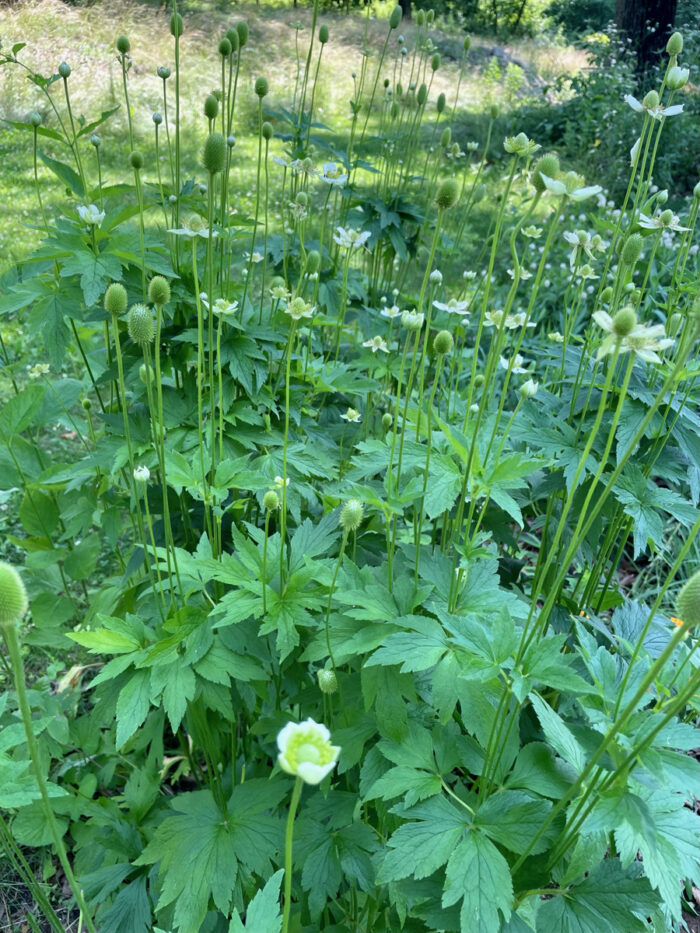
It seems like the majority of the most popular native garden perennials are sun-loving meadow denizens. It can be difficult to find native flowering plants to brighten shadier spots. The following selection of perennials are not only vigorous shade growers, but also appeal to both people and pollinators alike, and look good while doing it.
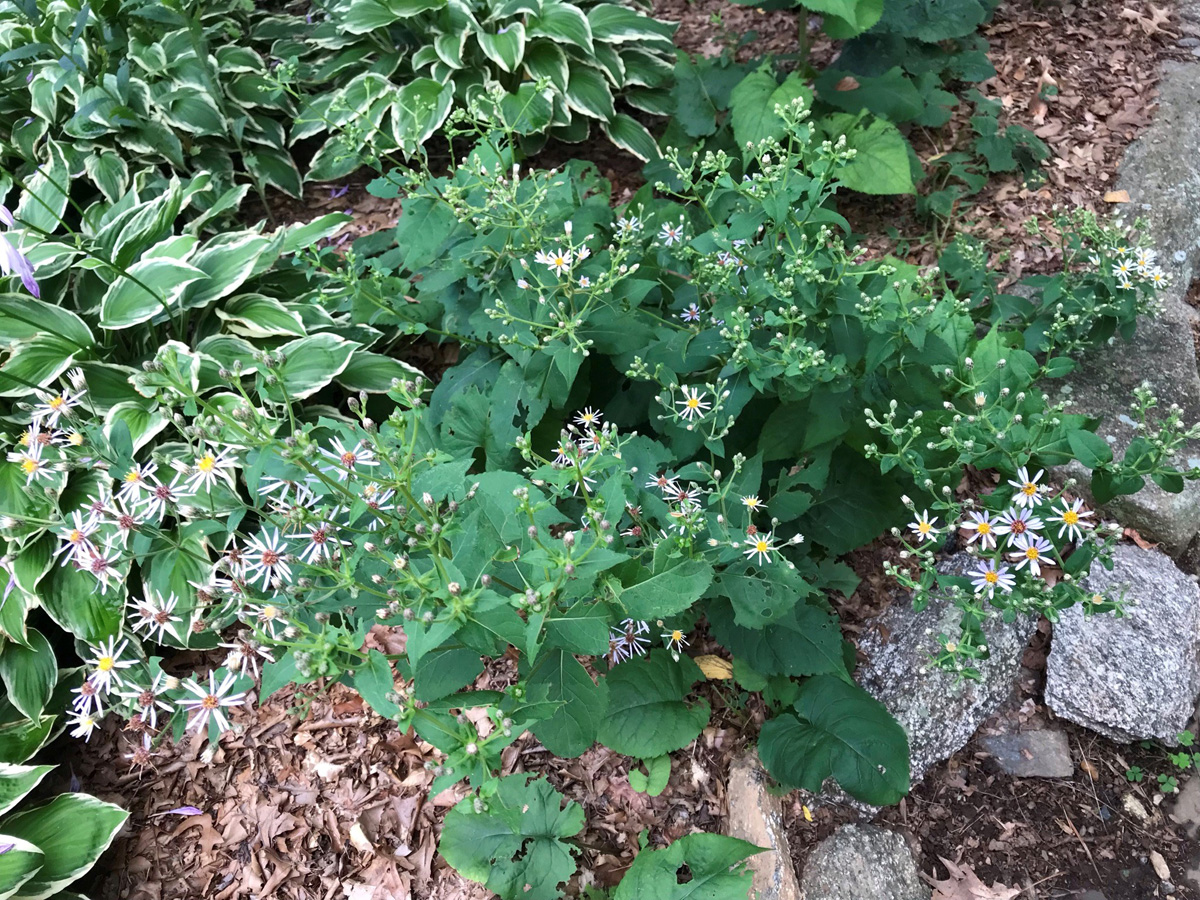 |
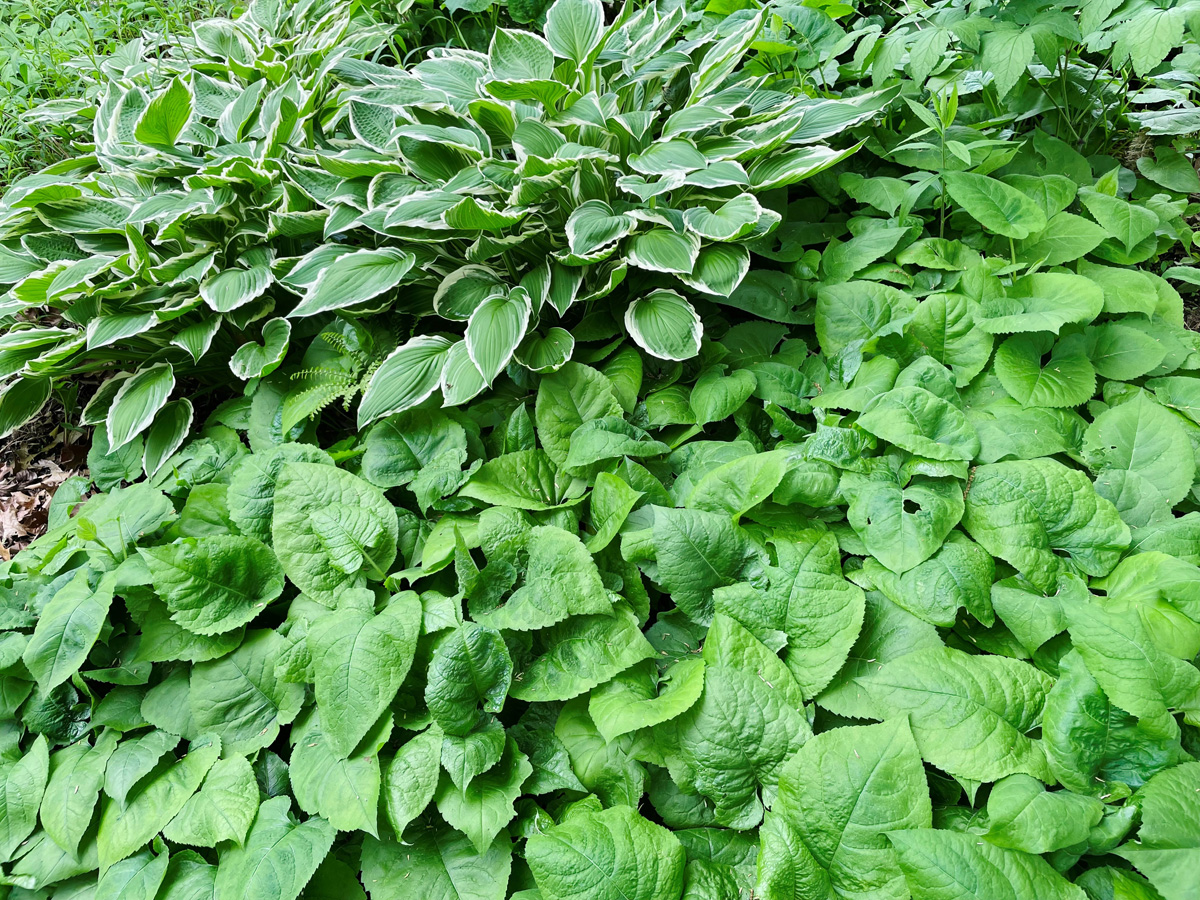 |
Big-leaved aster
Name: Eurybia macrophylla
Zones: 3–7
Size: 1 to 3 feet tall when in bloom; spreads quickly via rhizomes
Conditions: Partial to full shade; moist to dry soil
Native range: Eastern North America
Is it a rhizomatous, weed-smothering ground cover, or is it a midsummer- to fall-blooming, 3-foot-tall perennial? Yes. The multiple uses of big-leaved aster make it a helpful addition to the shade garden. Its leaves can be quite large—as big as your head—and they densely overlap each other, shading out most competitors. Big-leaved aster also has the distinction of being the earliest blooming eastern aster, opening its flowers as early as the first week of July. These are variable in color from white to pink to lavender. For showier flowers, select the hybrid cultivar ‘Twilight’, which is consistently blue. It’s important to consider the siting of this aster; while it does make a fine low ground cover, the flower stalks are tall, so it’s best as a background plant. It is also an aggressive spreader and can hold its own, once established, in areas where there is pressure from shade-dwelling invasives like garlic mustard (Alliaria petiolata).
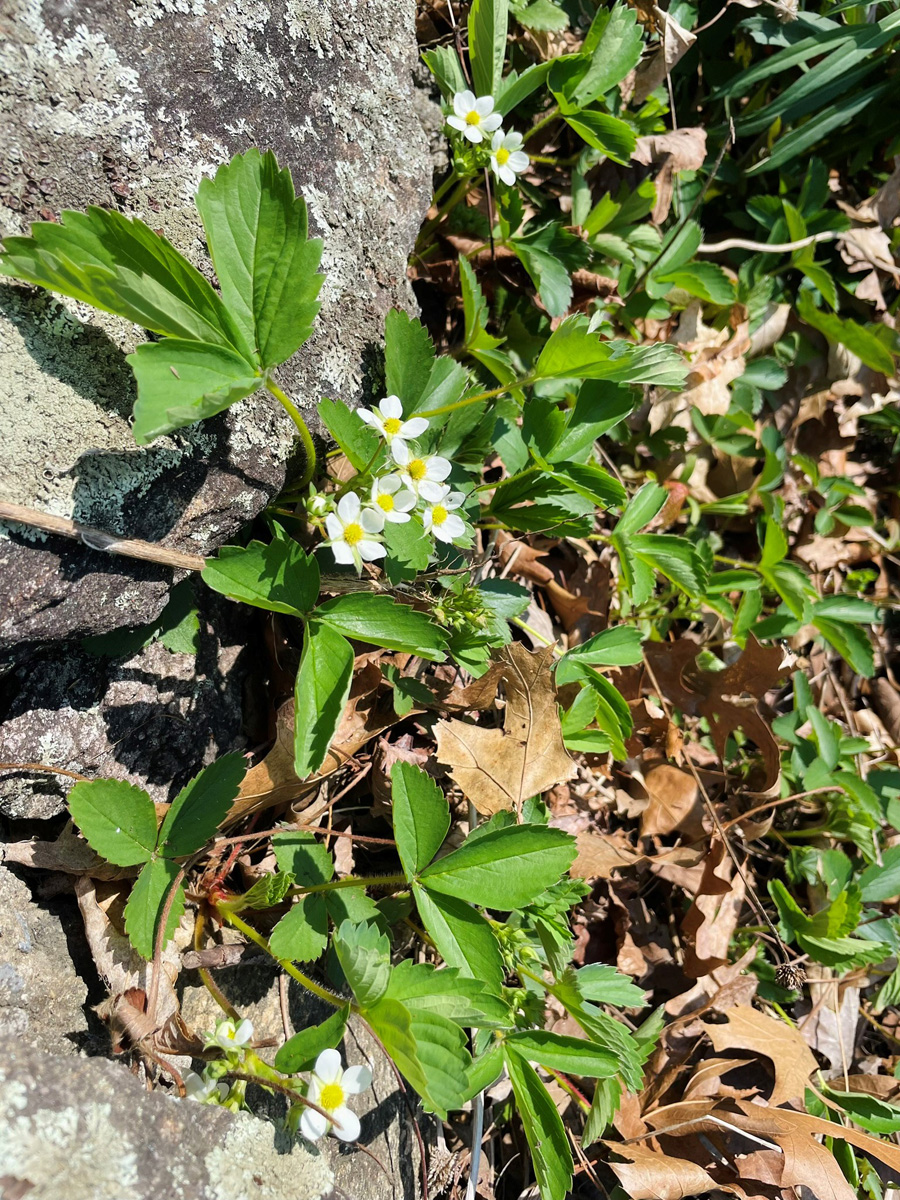
Virginia strawberry
Name: Fragaria virginiana
Zones: 3–8
Size: 4 to 7 inches tall; spreads quickly via stolons
Conditions: Full sun to partial shade; moist to dry soil
Native range: Eastern North America
Reportedly, when Europeans arrived in North America, native strawberries grew “so thick that horses’ fetlocks seemed covered with blood.” Quite the image! This plant has historically been an important food source and medicinal plant for many indigenous American tribes and was grown and written about by Thomas Jefferson. This tasty little species is a distant parent to some commercial strawberry hybrids and behaves similarly in the garden, spreading with abandon via long runners. The cheerful, white flowers light up the foliage in spring, followed by small but tasty fruit in June. In dense shade, it will not fruit as abundantly, and the vibrant fall colors of its foliage will not be as rich. Either way, its attractive carpet of leaves makes it an interesting addition to the woodland garden.
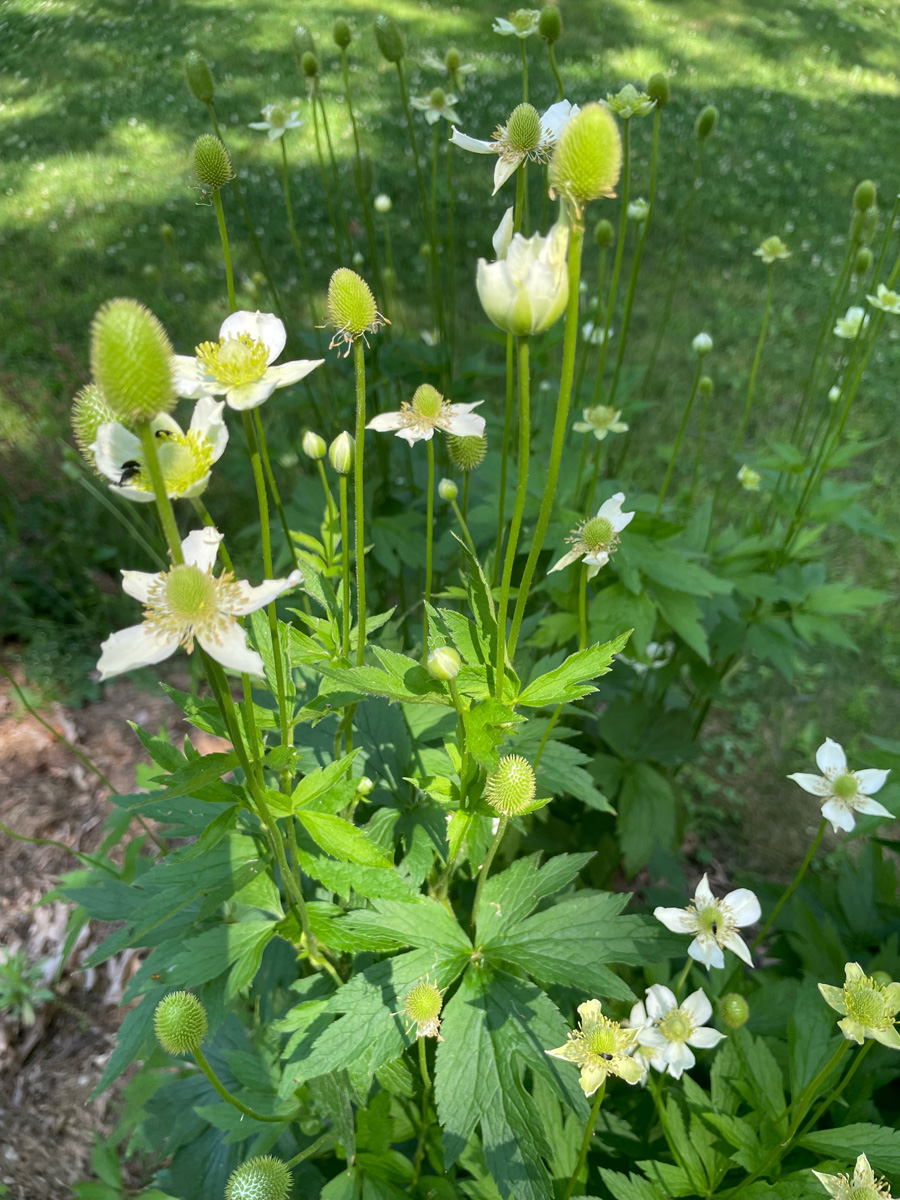
Tall thimbleweed
Name: Anemone virginiana
Zones: 3–8
Size: 1 to 3 feet tall and 1 to 1½ feet wide
Conditions: Full sun to partial shade; average to dry soil
Native range: Southern Canada and central and eastern U.S.
Anemone as a genus has a reputation for aggression, but this Northeast native is more well-behaved than most. In addition to remaining a calm member of the shade garden, it is drought tolerant and can do well in difficult dry shade locations, even under mature oaks (Quercus spp. and cvs., Zones 4–10), which is where I grow it. Handsome, dark green divided leaves give rise to tall, thin stems bearing small, white flowers, which develop into intriguing seed heads that give the plant its common name. Anemones are reputed to be deer resistant, but deer do browse this species in my experience, though I’ve never had it decimated. When siting this plant, keep in mind that this anemone (as well as others), gives off an allelopathic chemical that inhibits the seed germination of neighbors—but this isn’t necessarily a bad thing when it comes to weed control.
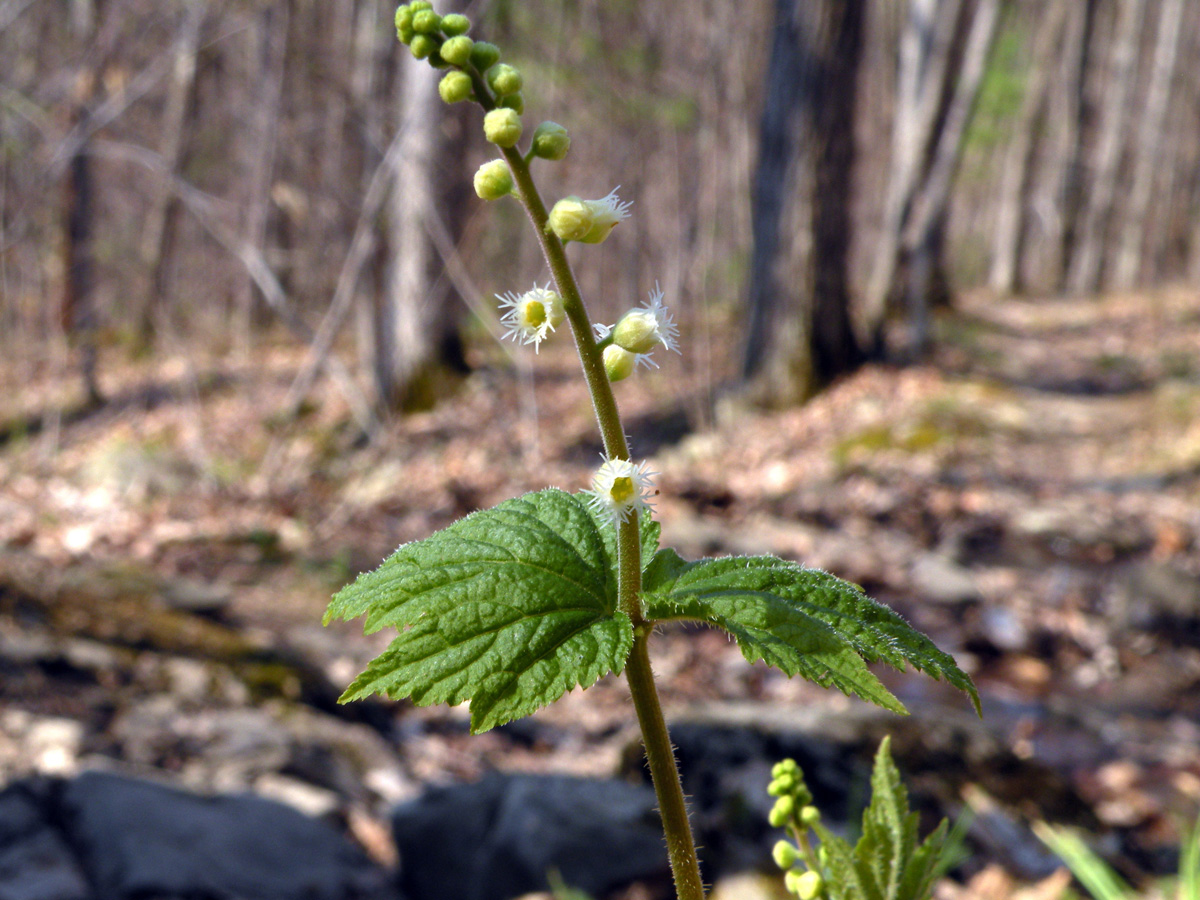
Bishop’s cap
Name: Mitella diphylla
Zones: 3–7
Size: 10 to 18 inches tall; spreads slowly via rhizomes
Conditions: Partial to full shade; average to moist soil
Native range: Eastern North America
Bishop’s cap seemingly stepped out of a fairy tale to grace the Northeast’s forest floors with its delicate, miniature lace flowers borne on thin stems. From a distance, its floral wands appear to hover above the tidy mat-forming foliage. In a garden setting, bishop’s cap will eventually form low drifts, best for the foreground of a woodland planting. It prefers richer, moist soils and is more commonly found in more alkaline areas of Eastern North America, but I’ve found it to be adaptable and even fairly drought tolerant. Best of all, it isn’t usually browsed by herbivores.
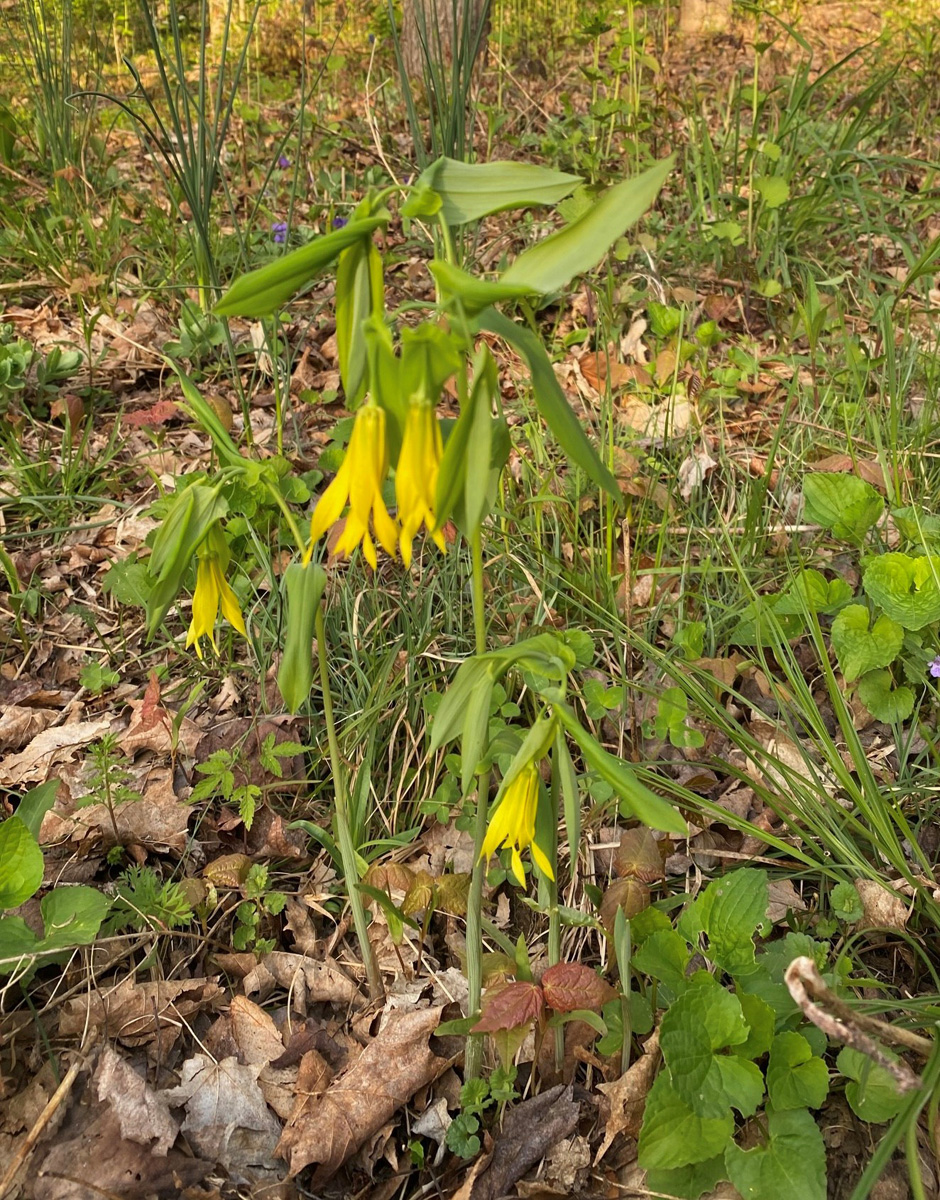
Large-flowered bellwort
Name: Uvularia grandiflora
Zones: 3–8
Size: 1 to 2 feet tall and 1 to 1½ feet wide
Conditions: Partial to full shade; average to moist soil
Native range: Eastern North America
This plant has the look of precious rarity but is actually quite easy to grow in partial to full shade and a variety of soil conditions, though it prefers richer sites. It spreads in a mild-mannered way to form colonies of bluish-green foliage resembling Solomon’s seal (Polygonatum spp. and cvs., Zones 3–8), but with charmingly droopy, large, yellow flowers. Unlike many spring-blooming native plants, the foliage of bellwort remains presentable throughout the season, and as it expands, it can help to hide the deteriorating leaves of fellow shade plants like Virginia bluebells (Mertensia virginica, Zones 3–7) or woodland poppy (Stylophorum diphyllum, Zones 4–9) when they go dormant. The other regionally native species of bellwort, sessile-leaved bellwort (Uvularia sessilifolia, Zones 4–8) and perfoliate bellwort (Uvularia perfoliata, Zones 4–9), are less ornamental, but if you can find them, they are also worth growing for their delicate and dainty appearance. Deer do find this plant palatable, which is something to keep in mind when choosing to add this unusual long-lived perennial to your garden.
While some superstar native perennials such as butterflyweed (Asclepias tuberosa, Zones 4–9) or Joe Pye weed (Eutrochium spp. and cvs., Zones 3–9) may be difficult to accommodate for those of us with predominantly shady gardens, there are still many pretty and ecologically important species available, undaunted by our sun deficit!
To discuss these plants or ask gardening questions, chat with the author on the Gardening Answers forum.
And for more Northeast regional reports, click here.
Chloë Bowers is a landscape designer based in Newtown, Connecticut.
Photos, unless otherwise noted: Chloë Bowers
Fine Gardening Recommended Products
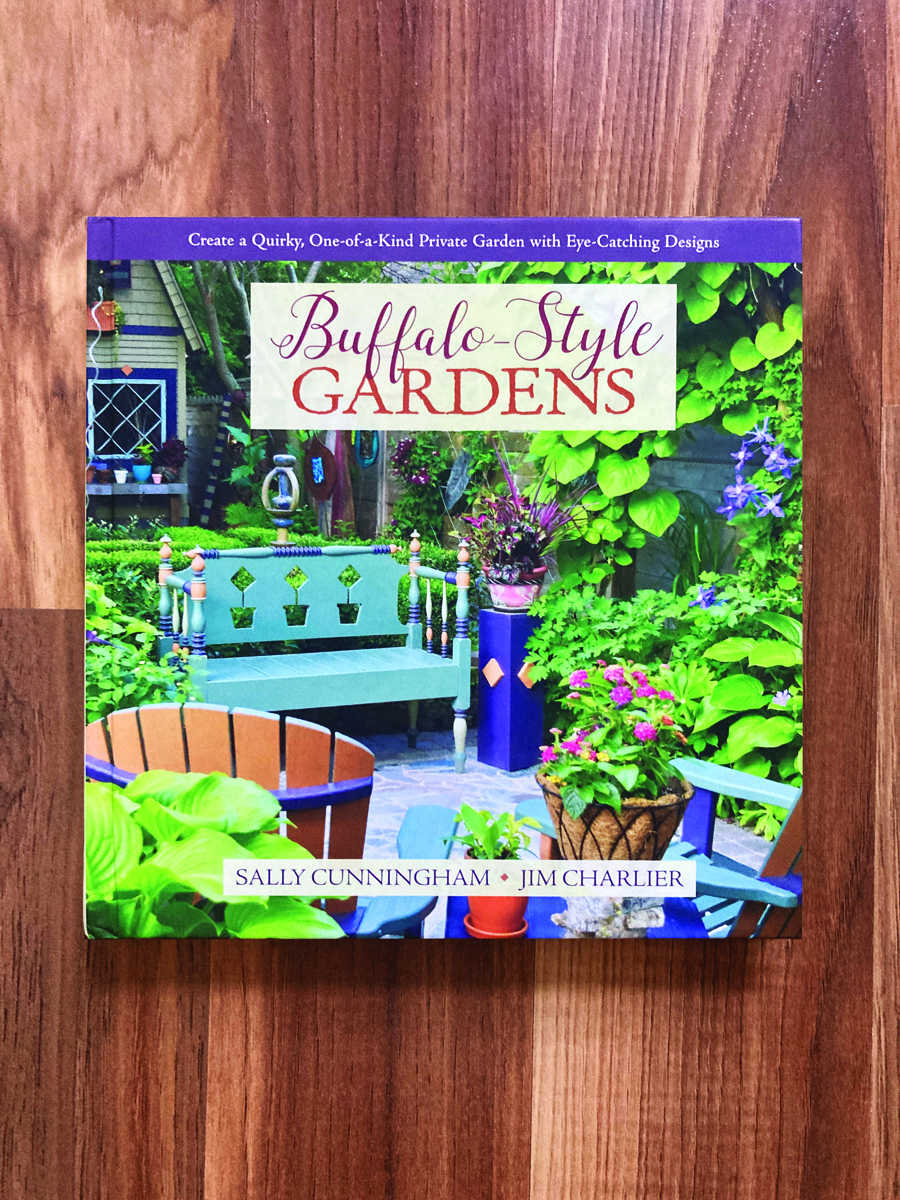
Buffalo-Style Gardens: Create a Quirky, One-of-a-Kind Private Garden with Eye-Catching Designs
Fine Gardening receives a commission for items purchased through links on this site, including Amazon Associates and other affiliate advertising programs.
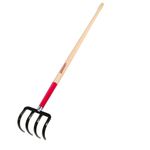
Razor-Back Potato/Refuse Hook
Fine Gardening receives a commission for items purchased through links on this site, including Amazon Associates and other affiliate advertising programs.
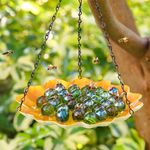
Bee Watering Station with Vivid Flower Design
Fine Gardening receives a commission for items purchased through links on this site, including Amazon Associates and other affiliate advertising programs.



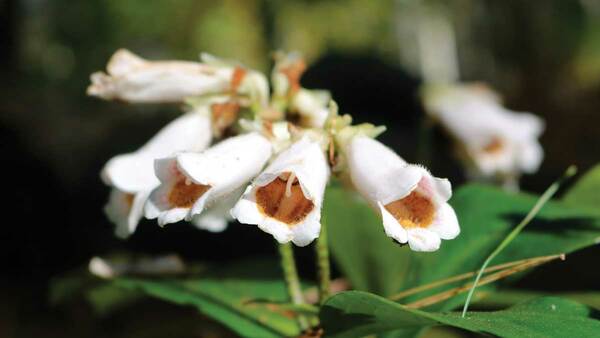
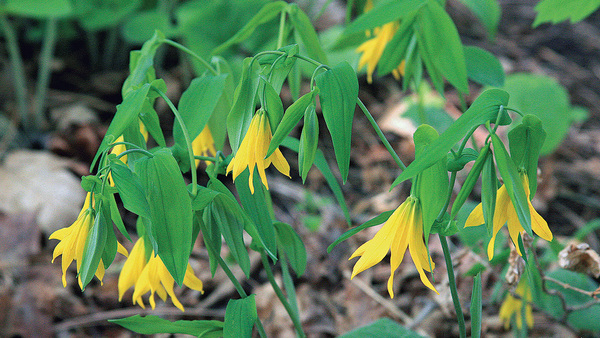

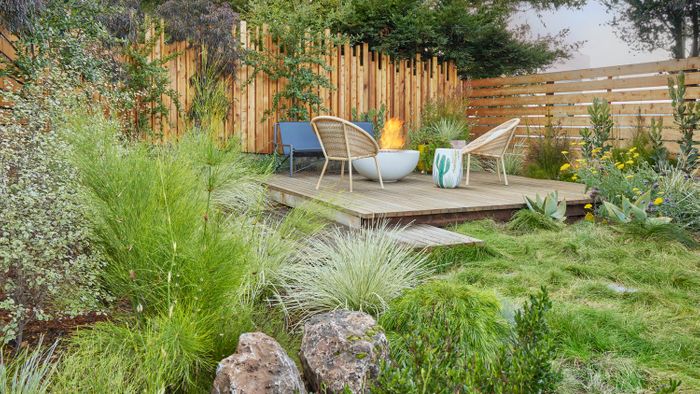

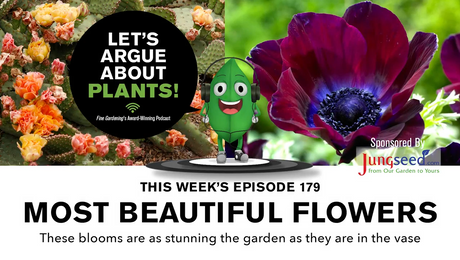










Comments
Log in or create an account to post a comment.
Sign up Log in